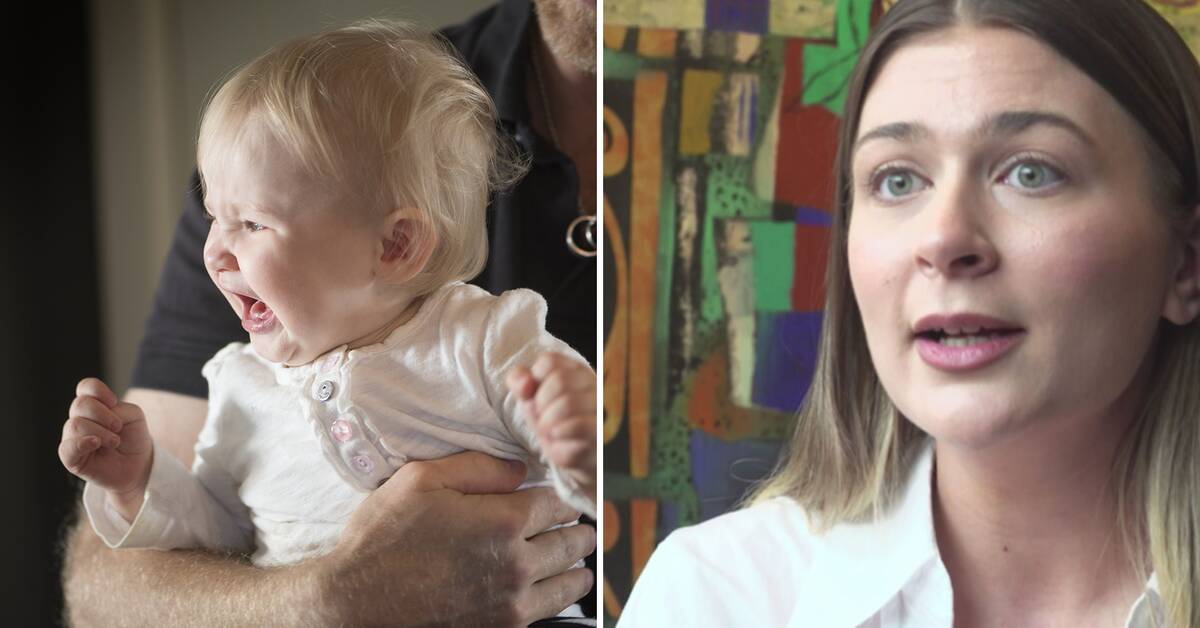Can Instagram photos of three-year-olds sitting on the toilet count as violating privacy and doing children posing in their parents' channels of influence a job?
These are examples of issues that the Institute for Law and Internet (IJI) and the Swedish Media Council want the government to investigate.
Angry children in vulnerable situations
An example of when so-called "sharenting" (parents who share) could break the law is when parents publish photos or videos of children when they have an outburst of anger.
- If a child is in the middle of a "tantrum" and is not aware of what is happening, maybe you - with all goodwill - want to show how difficult the toddler life is.
But you have to think about the child and think about whether it could be an illegal invasion of privacy, says lawyer Adina Schildt Gillion, who wrote the report The law behind sharenting.
Teams in France
In Norway, a mother has been convicted of violating her child's privacy when she shared information about an ongoing custody dispute in a closed Facebook group.
In France, there is already legislation where participation in influencer videos can be classified as child labor, and in Kenya, the Supreme Court has ruled that children's right to privacy is protected by the Convention on the Rights of the Child.
But in Sweden there are currently no indicative cases about parents' use of social media.
Adina Schildt Gillion emphasizes that most parents do not want their children to feel bad and that more guidelines would make it easier.
- At government level, it should be investigated whether children have sufficient protection for their integrity and in labor law, she says.

